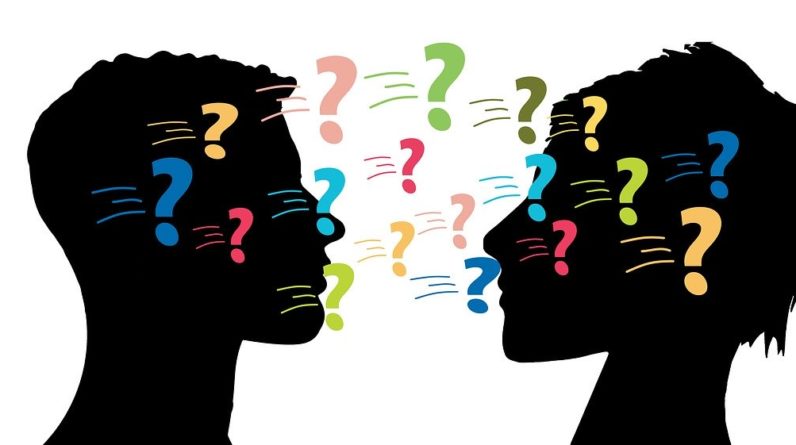
In your search for info on neurolinguistic programming, I’m sure you’ve found many videos and websites that outline the overall concept of NLP and what it does. However, what are some NLP techniques that are often used?
While there are entire books made just to reference all the techniques that have grown from the NLP field, there are a number that are commonly referenced and taught in NLP trainings.
NLP Technique 1: The Swish Pattern
This technique is probably the most famous and commonly used NLP technique.
The swish pattern is used to break an automatic thought or behavior pattern, and exchange it with a more resourceful one. It can be helpful in some of these:
- Quitting smoking
- Food addictions
- Self-confidence issues
- Self-esteem issues
- Nervousness in specific contexts (like public speaking)
NLP Technique 2: Mirroring + Matching
These two techniques are used to both model and build rapport with another person.
By entering into the other person’s model of the world, you can begin to develop a deeper understanding of them, and through matching various elements, you can develop a sort of synchronicity with them.
Some of the things you can match and mirror can include:
- Visual, auditory, or kinesthetic predicates of their speech
- Breathing rate
- Rate of blinking
- Posture
- Gestures
NLP Technique 3: Reframing
Conversational reframing, or “sleight of mouth” techniques, are my personal favorite, along with work with presuppositions. Mostly because they take NLP out of the traditional setting sitting across from somebody to “do NLP on them” and into the real world.
You can think of these techniques as a sort of linguistic magic, or verbal aikido. They can have the ability to completely shift the frame of a conversation, idea, or even belief.
The most common ways to reframe included context and content shifts. In doing so, we can change the meaning that is associated to the item we are reframing.







